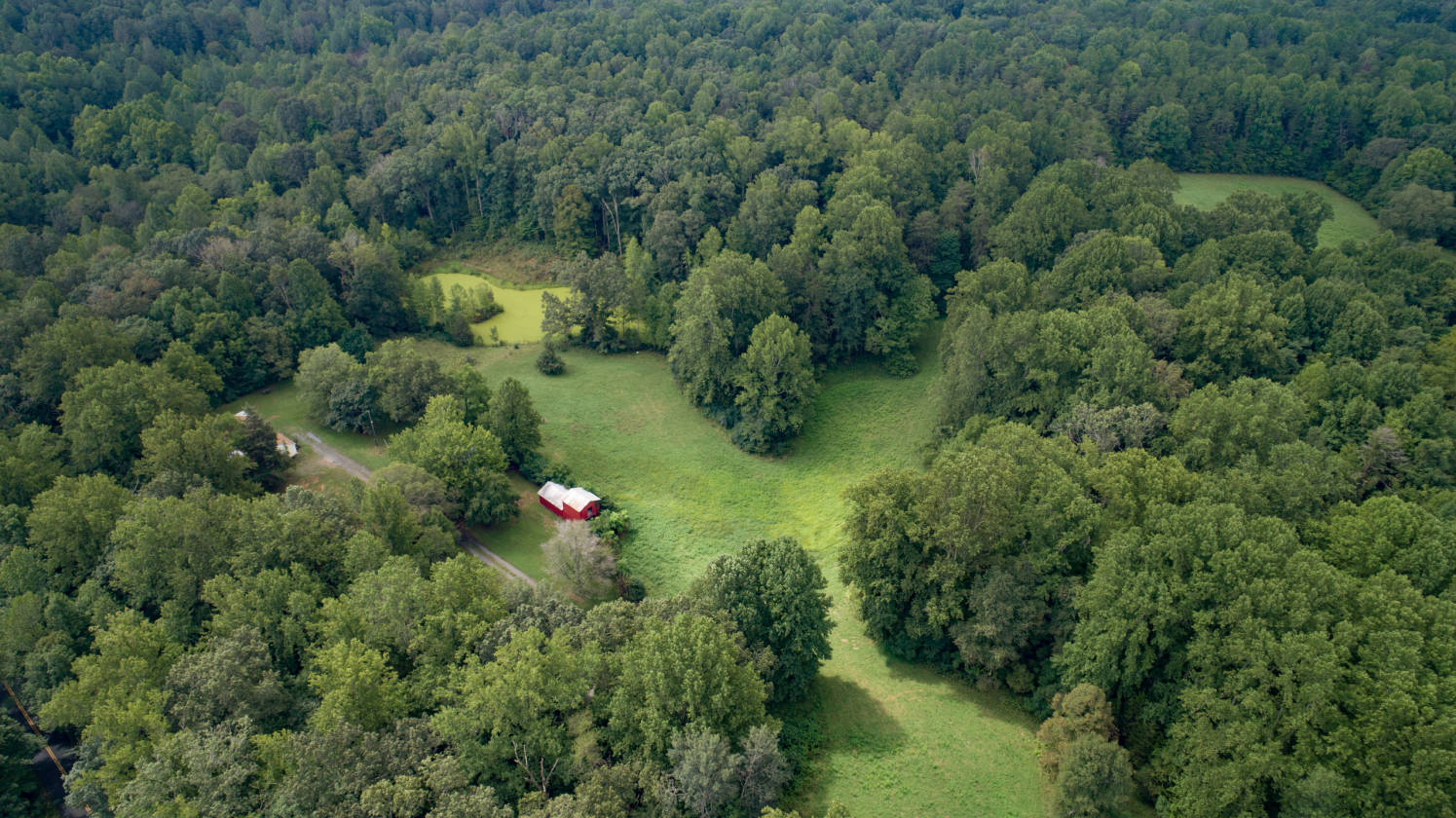
Waged across four decades, from the end of the Second World War until the fall of the Berlin Wall and Soviet Union, the Cold War split countries and divided maps, with many nations falling under communist rule and others subjected to US military interventions. Whereas the War on Terror was composed of a thousand shades of gray, the Cold War had been helpfully black and white.īut as President Donald Trump and former Vice President Joe Biden each accuse the other of going soft on China, we have forgotten the tense moments, close calls, and widespread suffering of that first Cold War and somehow grown fond of it instead.įor those who need a refresher: The term “Cold War” was popularized by Bernard Baruch, an adviser to Harry Truman, in a 1947 speech to the South Carolina legislature. You didn’t have to face a plethora of terrorist groups and networks, and struggle to discern what type of relationship each had with al-Qaeda. Gone are worries about the high probability of war when an upstart power spooks a reigning rival-the so-called “Thucydides trap.” That was so last year.ĭuring my time in the US intelligence community, I heard many senior intel types talk about how much easier it was during the Cold War. The media is full of talk about the dawn of a “New Cold War.” Many people think we’re already in it.

Yet there seems to be a lot of enthusiasm for a rerun, this time with China.

I can remember crouching under my desk at Goldwood Elementary School in northern Ohio during duck-and-cover drills.

A regular column on history’s lessons for the world’s future challenges.


 0 kommentar(er)
0 kommentar(er)
